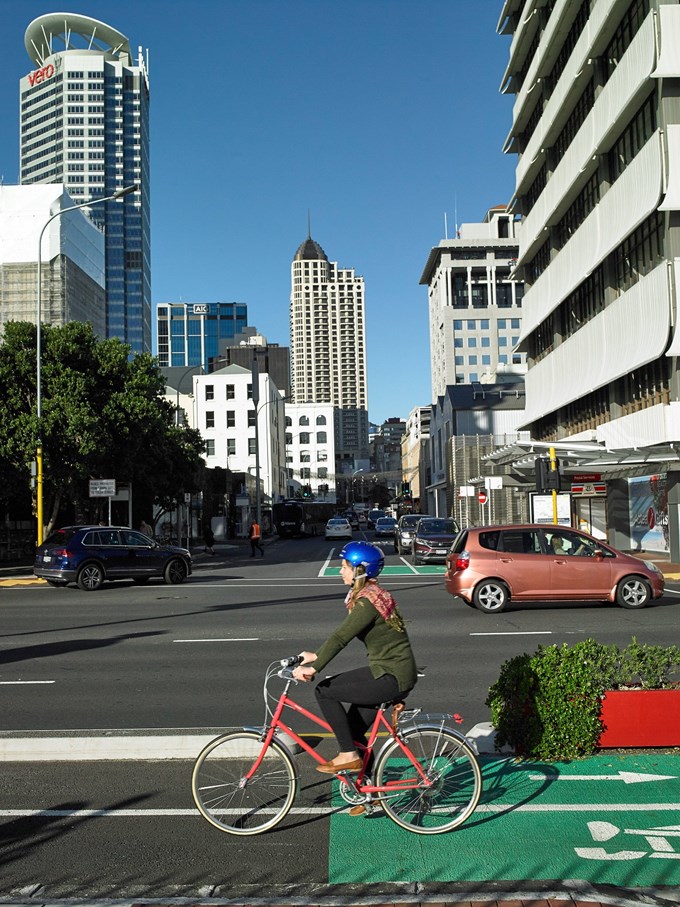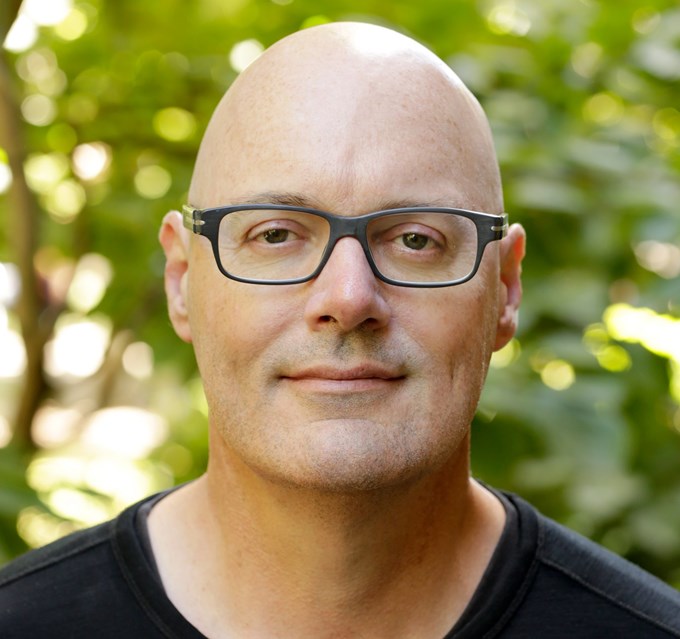Mark Stevenson, Professor of Urban Transport and Public Health at The University of Melbourne, on redesigning cities with safety and people in mind.
Our cars have radically changed the shape and size of our cities. In New Zealand, rapid motorisation occurred after the 1950s due to a rapidly expanding economy, available land to develop suburbs with extensive road infrastructure t for private motor vehicle use.
However, the move to the suburbs resulted in low-density sprawl divided into discrete areas linked by an extensive road network. This brought about heavy reliance on the motor car.
Fast forward 70 years and private motor vehicles are no longer a transport solution but rather, an increasing health and planetary challenge. Our 70-year old transport ’solution’ has added considerable complexity to how we build and deliver safe and sustainable transport in rapidly urbanising cities like Auckland.
To address the rising rates in deaths and serious injuries, transport planners and engineers have applied a holistic or systems solution. In the Northen Hemisphere it has been referred to as Vision Zero or Sustainable Safety whilst down-under we refer to a Safe Systems approach.
One of the fundamental tenets of the safe systems approach is the implementation of safe and survivable speeds. Principles of physics dictate that to reduce levels of trauma, one needs to reduce the kinetic energy whilst travelling at speed. There is much research highlighting the direct link between travel speeds and the outcomes in case of a crash. The higher the speed, the higher the amount of kinetic energy generated and transferred in the unlikely event of a crash.
Many national road safety strategies now reflect these thresholds for example, the Australian Road Safety Strategy states that no motor vehicle should collide with a person walking or cycling at a speed exceeding 30km/h. What this strategy doesn’t consider, however, is the growing and important fact that people walking and cycle are vulnerable road users and that the 30km/h speed threshold solely reflects the perspective of the person driving. It is difficult for people outside of a motorised vehicle to judge the speed at which it is travelling.

Now, and over the ensuing years, discussions on what speed thresholds are safe is necessary but what needs immediate discussion in Auckland is how to re-design the city for people rather than solely the motor vehicle.
A leader in designing cities at a human scale, Danish architect and urban design specialist, Jan Gehl developed the methods for prioritising people in urban planning. Designing cities for people means design which improves the experience of people moving around and living in cities. To date, there are numerous examples of this being ignored. An obvious example is a car’s interior is designed at a human scale and yet the roads the car travels on (or the spaces outside of cars) are no longer hospitable to people.
In a rapidly urbanising city like Auckland, the focus needs to be on reclaiming the city for the people rather than the car. With increasing urbanisation comes increased densities; densities not only of people but buildings and amenities. As a consequence, transport journeys reduce in distance and cities can become more conducive to walking and cycling. Such a city is a human-scale city and one that is safe as well as sustainable; credentials fitting for a City of Sails.


